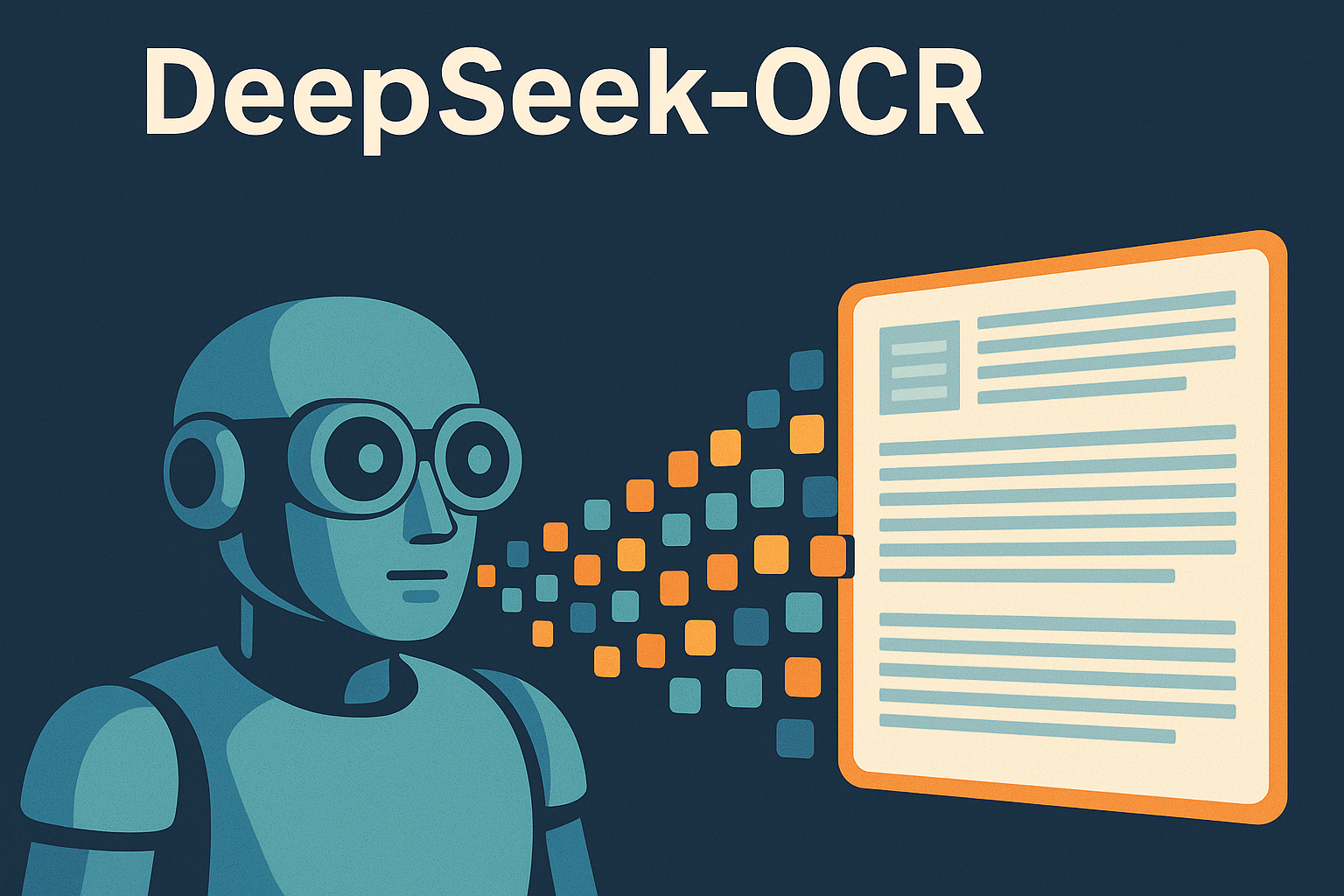MiniMax-M2 is the new king of open source LLMs (especially for agentic tool calling)
PositiveArtificial Intelligence

The launch of MiniMax-M2 marks a significant advancement in open source large language models, particularly in its ability to perform agentic tool use, which is becoming increasingly important for enterprises. This model allows for seamless integration with other software capabilities, enhancing productivity and efficiency without requiring extensive human input. As competition heats up with established players like DeepSeek and Qwen, MiniMax-M2's innovative features could redefine how businesses leverage AI technology.
— Curated by the World Pulse Now AI Editorial System






